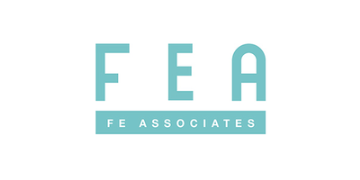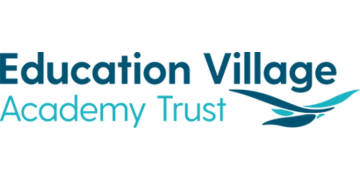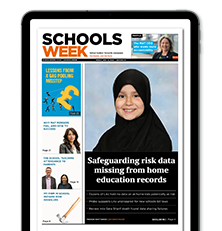Vulnerability of pupils should be recognised as a “state not a trait” by Ofsted inspectors, with an acknowledgement it can come in “many forms” and change over time, a new research report has said.
Last year the watchdog commissioned the National Children’s Bureau to examine “how Ofsted might conceptualise vulnerability in relation to inspection and regulation”.
While schools do commonly hold lists of pupils considered vulnerable – such as those from disadvantaged backgrounds or with special educational needs – Ofsted does not have a fixed definition of vulnerability for inspectors to use.
It follows criticism that inspectors do not adequately take into account the make-up of schools’ pupil intake, punishing settings that make efforts to be inclusive. It also comes as Ofsted prepares to look more closely at inclusion under its new inspection framework.

The research, based on focus groups involving around 400 people has been published today.
Ofsted chief Sir Martyn Oliver said the research “provides useful insight as we continue to develop our work related to vulnerability in children and learners.
“I am committed to putting disadvantaged and vulnerable children at the heart of everything we do.”
Here’s what we learned.
1. ‘A state not a trait’
The report proposes a definition of vulnerability, which is based on “how likely someone is to experience negative outcomes…it is a state not a trait”.
It goes on to state that “many things” contribute to vulnerability, such as…
- Big systems and structures (like government or services, poverty, prejudice and discrimination)
- Things about a local area like how safe it is, how easy it is to get a good job, or whether a person has a sense of belonging to the community
- Relationships with family and friends, and professionals
- Individual circumstances (age, income, health, home, and identity).
However, the report also states that people experience vulnerability “in different ways”, and vulnerability “can change over time, even if an issue causing vulnerability is a permanent part of our lives.
2. ‘Protective factors’ help
Experiencing vulnerability “may lead to more negative experiences”, but “lots of things can help to avoid this happening”, the definition states.
These are called “protective factors”, and can also happen at different levels. Examples include ensuring people feel more confident and cared-for, and working to tackle discrimination and ensure homes and neighbourhoods are fit to live in.
And “while everyone can experience vulnerability, it’s important that the needs of children and young people experiencing the greatest vulnerability continue to be prioritised by settings and services”.
3. Schools could identify more vulnerability
Elsewhere in the document, the research found “broad support for a more nuanced understanding of vulnerability”, which would allow schools to identify pupils experiencing vulnerability who were not already known.
But education workers in the focus groups “supported the continued use of existing lists of children and learners identified as vulnerable or disadvantaged to ensure that the most vulnerable receive support”.
4. Language change proposed
Most professionals “believed Ofsted should continue using the word ‘vulnerability’ and explain clearly what this means”.
But they said there should be a shift from referring to “vulnerable children” to talking about children “experiencing vulnerability”.
This is because vulnerable is considered a negative word, and using the phrase experiencing vulnerability “would help reinforce the understanding that vulnerability can be caused by many factors and is influenced by how people respond to those factors”.
5. Inspections don’t recognise schools’ efforts
Focus groups discussed how inspectors and regulators might apply the definition of vulnerability. Settings are “already doing a lot to assist children and learners who might be experiencing vulnerability”, participants said.
Education professionals “welcomed the opportunity to share this with inspectors, as part of the inspection process”, as they felt the current inspection frameworks “do not capture the breadth of activities that many services and settings provide”.
But there was a “question about whether there would be any unintended consequences of evaluating this”.
“For instance, it could lead to people trying to ‘tick the box’ rather than acting because it’s the right thing to do.”
6. ‘Cottage consultancy industry’ fears
School staff were cautious – concerned extra Ofsted activity “would increase their workload”. They also feared they may experience “pressure in presenting evidence to Ofsted”, resulting in a “cottage industry of consultancy”.
Education workers were also concerned about the “tension between vulnerability and educational attainment”, and that a significant focus on academic attainment “might inadvertently deprioritise the recognition of vulnerability and provision of support”.
Ofsted inspectors who took part said that if the definition of vulnerability was going to inform the new inspection framework, they would “benefit from additional learning and development activities”.
7. Vulnerability ‘comes in many forms’
The report concluded that the research found “broad support for the introduction of a definition of vulnerability that looked beyond the existing list of factors, but acknowledgement that vulnerability is complex.
The proposed definition “might be better able to capture the true breadth of children and learners’ lived experiences and the important efforts of the education and social care sectors to respond effectively to their vulnerabilities”.







Your thoughts